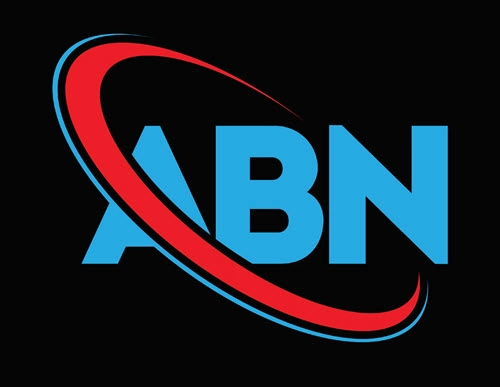Update Beneficiary Notification to Protect Your Surgeon’s Bottom Line
Don’t let deadline reprieve fool you. Not getting paid for a surgical procedure because you failed to have a valid Advance Beneficiary Notice of Noncoverage (ABN) on file is not cool. CMS gave a “free pass” from the August 1 deadline due to COVID-19 concerns, but the new January 1 deadline is coming soon. Instead of letting the date sneak up on you, check out our experts’ advice on how to use the new form, along with reminders about basic ABN strategies to protect your general surgery practice’s bottom line. Tip: If you aren’t sure whether you’ve got the newest one in your form files, check the bottom left of the document. It should say “Form CMS-R-131 (Exp. 06/30/2023)” if you’re using the updated ABN. Learn Reason for ABN Revision If you’re wondering why a new ABN was necessary, it’s because CMS now offers additional guidelines for dual eligible beneficiaries (those patients who are covered by both Medicare and Medicaid). These patients cannot be charged for Medicare cost-sharing when they are administered services under Part A or Part B. In other words: CMS updated the ABN form and guidelines to solidify the fact that providers cannot bill dual eligible beneficiaries when the ABN is furnished. “Dually eligible beneficiaries must be instructed to check Option Box 1 on the ABN in order for a claim to be submitted for Medicare adjudication,” the new ABN guidelines state. “Strike through Option Box 1 as provided below:” In black and white: “Providers must refrain from billing the beneficiary pending adjudication by both Medicare and Medicaid in light of federal law affecting coverage and billing of dual eligible beneficiaries,” CMS says in the ABN instructions. “If Medicare denies a claim where an ABN was needed in order to transfer financial liability to the beneficiary, the claim may be crossed over to Medicaid or submitted by the provider for adjudication based on State Medicaid coverage and payment policy. Medicaid will issue a Remittance Advice based on this determination.” Get Back to ABN Basics Updating your ABN form provides a perfect opportunity to brush up on how and when your practice needs to use these forms. Key: “You should have a signed ABN on file when you have good reason to believe the procedure your physician is providing won’t be covered, and that often relies on medical necessity and coverage issues,” says R.M. Stainton Jr., MD, president of Doctors’ Anatomic Pathology Services in Jonesboro, Ark. Never use “blanket” ABNs: You should not regularly require patients to sign ABN’s “just in case” a payer denies a service. Instead, you must be sure that there is a reasonable basis for noncoverage associated with the issuance of each ABN, CMS says in its publication, “Advance Beneficiary Notice of Noncoverage.” Covered services: For services that are normally a covered benefit but may not be covered due to lack of medical necessity or breach of frequency requirements, you must have a signed ABN if you want to collect payment from the beneficiary. You must issue the ABN when: For instance: If a patient schedules a screening colonoscopy earlier than the 10-year frequency limit with no signs or symptoms indicating the need for a diagnostic procedure, you should tell the patient the reason you don’t expect insurance to cover the colonoscopy, and get the patient to sign an ABN. You should also append modifier GA (Waiver of liability statement issued as required by payer policy, individual case) to the procedure code, such as G0121 (Colorectal cancer screening; colonoscopy on individual not meeting criteria for high risk) so that Medicare will automatically assign liability to the beneficiary upon denying the claim. Generally not covered: You aren’t required to have a signed ABN on hand for services that are never covered by Medicare. However, some experts recommend getting an ABN even when you know Medicare statutorily doesn’t cover a particular service, because it engenders patient good will. Getting the signed ABN means you’re notifying the patient upfront that they will be responsible for a charge and how much they’ll expect to pay, ensuring that everyone is on the same page financially. “ABNs used for non-covered services provide the documented proof that the patient made an informed choice to proceed with the service,” says Carol Pohlig BSN, RN, CPC, ACS, senior coding and education specialist at the Hospital of the University of Pennsylvania. Be sure you use language in the ABN that the patient can easily understand — use verbal descriptions not CPT® and ICD-10-CM codes to describe the procedure and the patient’s medical condition. Include an estimate of the cost of the services. The patient must select an option and sign the ABN. In the case where the patient refuses to choose an option, you must annotate the form to that effect. Medicare payers may deem invalid forms that are incorrectly or incompletely filled out. Where to keep it: You are required to provide the patient with a copy of the signed ABN, and you should keep the original ABN on file. Resource: To access the new ABN form and the latest instructions, visit https://www.cms.gov/Medicare/Medicare-General-Information/BNI/ABN.


